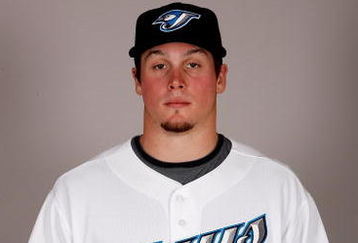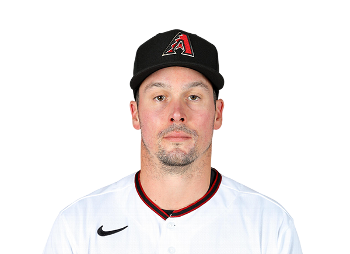Over the last six years, many high profile free agents have left town, often on less than good terms. After the spectacular 2004 World Series victory, three key contributors, Orlando Cabrera, Pedro Martinez, and Derek Lowe all signed with new teams. After 2005 another two important players, Johnny Damon and Bill Mueller, signed with new teams. In return for losing these five players, the Red Sox were awarded a total of nine draft picks, including some very familiar names: Jacoby Ellsbury, Craig Hansen, Clay Buchholz, Jed Lowrie, Michael Bowden, and Johnathon Egan in 2005 and Daniel Bard, Kris Johnson, and Caleb Clay in 2006. While Johnson, Clay, and Egan are essentially organizational depth at this point, all the other players have either contributed at the major league level, or were traded away in major deals.
For example, Craig Hansen, who was a compensation pick for losing Derek Lowe, was part of the trade package for Jason Bay. After a year and a half in Boston, Bay signed with the New York Mets, netting the Red Sox another two draft picks, which they used to pick 2010 draftees Bryce Brentz and Brandon Workman.
It is far too early to gauge the impact of the 2010 draftees, the top four of which were drafted with compensation picks, but those picks certainly gave the Red Sox the depth on the farm system to trade away Kelly, Rizzo, et al. for Adrian Gonzalez this winter. Ranaudo, in particular, looks like the steal of the draft. The Red Sox will have at least one more year to exploit the free agent compensation system - after losing Adrian Beltre to the Rangers and Victor Martinez to the Tigers, they'll have four picks in the first forty (19, 26, 36, 40). These extra picks, combined with a willingness to go over slot for top talent, mean that the Sox have a chance for another impact draft, like 2005. The 2005 included key contributors to the 2007 championship, perhaps the 2010 and 2011 drafts will provide a similar foundation. This strategy may soon be obsolete, the Major League Baseball collective bargaining agreement is set to expire this offseason and draft pick compensation is one of the potential changes. Sometimes players who are classified as Type A free agents by the Elias Sports Bureau's formulas, but aren't considered top players by general managers, end up in what Buster Olney dubbed "compensation-pick purgatory", where they're definitely good player, but not good enough to be worth sacrificing a first round draft pick for.


